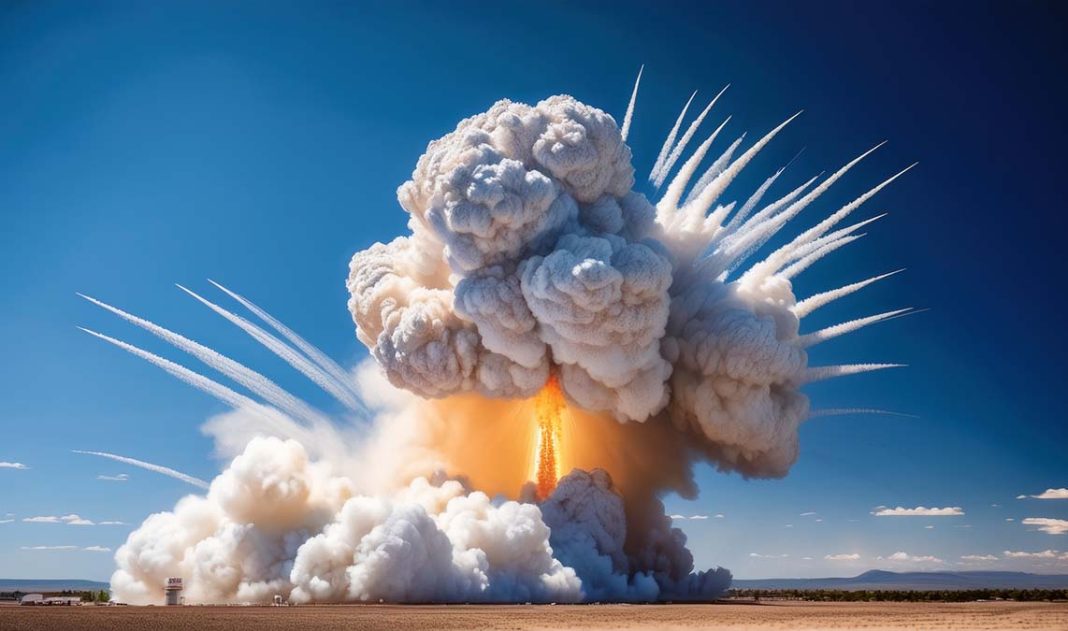The Challenger Disaster (1986) marked a pivotal moment in American history, one that brought both national mourning and an outpouring of resilience. On January 28, 1986, the Space Shuttle Challenger tragically exploded just 73 seconds after liftoff, leading to the loss of all seven astronauts on board. Among them was Christa McAuliffe, a schoolteacher chosen to be the first civilian in space. This event shocked the nation and led to sweeping changes in NASA’s space program. Yet even decades later, its legacy continues to inspire.
As we reflect on this historical tragedy, it’s also an opportunity to consider how major life transitions—like entering retirement or turning 65—can serve as powerful inflection points. Just as the Challenger prompted reflection and transformation within NASA and the nation, many Americans today are experiencing their own period of change and planning. And while these types of changes are very different in nature, the feelings of uncertainty, courage, and readiness to move forward are universal.
A Nation in Shock
The Challenger Disaster (1986) unfolded live on national television. Children in classrooms across America watched the broadcast in real-time, as did millions of adults. The mission had been highly publicized because of McAuliffe’s presence, a symbol of the expansion of space exploration to ordinary citizens. Therefore, the impact of the explosion was deeply personal and broadly felt.
The emotional aftermath brought the nation together in collective mourning. President Ronald Reagan addressed the tragedy with grace, reminding Americans that “the crew of the Challenger honored us by the manner in which they lived their lives.” His words, though comforting, underscored the sobering reality of risk and loss.
However, as with many difficult moments in life, this one prompted a reevaluation of goals, systems, and values. For many people today—especially those turning 65—similar reflections are happening personally as they consider retirement, health plans, and new life goals.
Learning from Tragedy – The Challenger Disaster (1986)
Following the disaster, investigations revealed that the failure of an O-ring seal in one of the solid rocket boosters caused the shuttle to disintegrate. It was a technical failure exacerbated by management decisions and overlooked warnings from engineers. Importantly, the tragedy spurred NASA to undergo a comprehensive overhaul in safety procedures and organizational culture.
In life, setbacks often drive the most meaningful change. While entering a new chapter such as Medicare enrollment or planning for retirement might not carry the weight of a national tragedy, it is a significant personal milestone. Many individuals find themselves reevaluating their healthcare needs, financial stability, and lifestyle choices.
These decisions, much like those made in the wake of the Challenger Disaster (1986), require careful thought, consultation, and a proactive mindset. Fortunately, there are now more resources than ever to support people making this transition, including Medicare advisors, informational webinars, and personalized planning tools.
The Human Side of the Mission
What made the Challenger mission so emotionally powerful was its crew. They were a diverse group of highly skilled individuals, including women, people of color, and a civilian educator. Their mission represented hope and possibility—concepts that resonate deeply, especially for those now entering retirement who grew up with the space race and NASA milestones.
At age 65, many Americans reflect on their own legacies. Questions like “Have I made a difference?” and “What’s next for me?” become central. The Challenger crew’s dedication to progress and exploration—even in the face of danger—serves as a timeless reminder that life’s purpose often lies in contribution and curiosity.
For those preparing to sign up for Medicare, this may be a time of exploring new interests, contributing to communities, or even traveling the world. It’s a new mission, one that requires preparation but offers immense rewards.
The Challenger Disaster (1986) Embracing a New Frontier
After the Challenger disaster, NASA took time to regroup. It was over two years before another shuttle launched. Yet when the Discovery finally returned to flight in 1988, it carried the weight of hope and determination. That mission marked a new era, one defined by improved safety and renewed vision.
In a similar way, turning 65 is not an end—it is a beginning. Medicare enrollment can feel daunting, but with the right guidance, it can also bring peace of mind. More importantly, it opens the door to healthcare that supports continued activity, longevity, and quality of life.
Transitioning into retirement doesn’t mean slowing down—it means redefining your mission. Many find that this period allows for volunteering, pursuing passions, mentoring others, or traveling to places once put off due to work commitments. Like the Challenger crew, your story doesn’t end—it simply evolves.

Lessons That Still Resonate
The legacy of the Challenger Disaster (1986) remains present in every space launch that follows. Today’s rockets carry not only scientific instruments but also the lessons learned from past failures. That spirit of resilience mirrors the journey many Americans face at this very moment.
If you’re turning 65 this year, you’ve likely lived through major historical milestones. You saw man walk on the moon, watched the Berlin Wall fall, and experienced the dawn of the digital age. Now, you stand at another milestone—Medicare enrollment and the potential for a reinvigorated life path.
So just as the Challenger astronauts embarked on a mission with hope and bravery, you too can face the future with confidence. Planning for Medicare, managing health, and setting new goals are all part of writing the next chapter of your personal mission.
In conclusion, while the Challenger Disaster (1986) was a moment of heartbreak, it also stands as a symbol of American perseverance and transformation. Similarly, as you enter a new stage in life—perhaps navigating Medicare or retirement—remember that courage, reflection, and planning are your best tools. This chapter, like the next shuttle launch after Challenger, holds promise.





